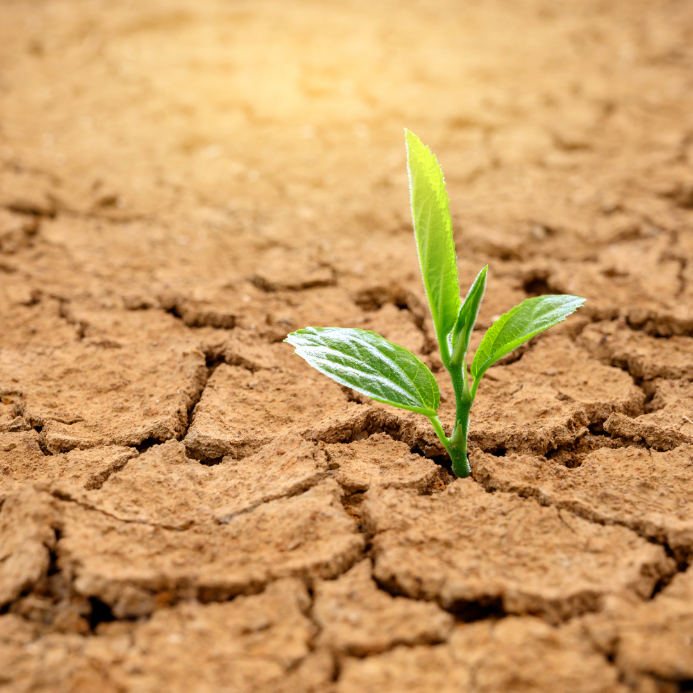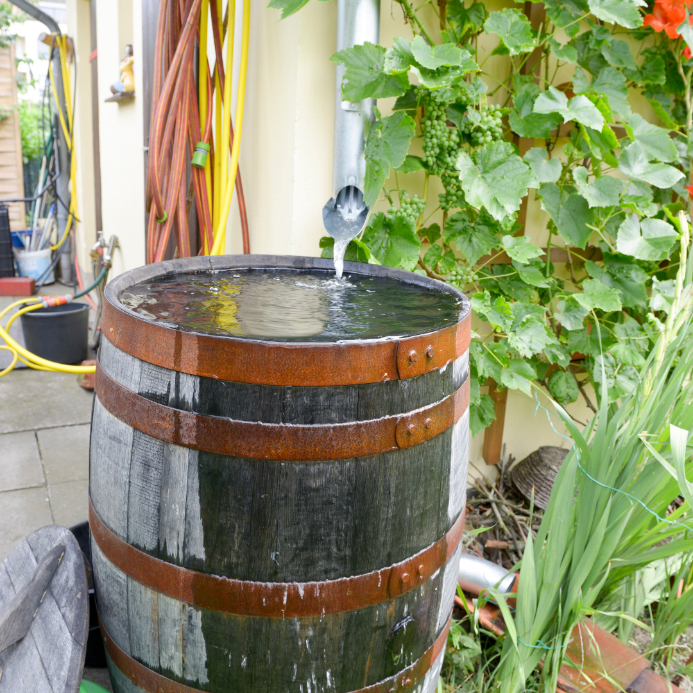Water scarcity is becoming one of the most pressing global concerns. As freshwater resources deplete, rainwater harvesting has emerged as an effective way to collect and reuse natural rainfall for various household and gardening needs.
A Rainwater Harvesting System allows homeowners to capture, store, and use rainwater instead of relying entirely on municipal supplies. Among the simplest methods to do this is by using rain barrels — compact yet efficient containers that make the most of every drop.
In this guide, we’ll explore how rainwater barrels work, their types, installation steps, maintenance tips, and how Rainy Filters can enhance your water collection setup.

What is Rainwater Harvesting and Why Use Rain Barrels?
Rainwater harvesting is the process of collecting and storing rainwater for later use. This water can supplement regular water sources such as groundwater or municipal connections. It helps conserve freshwater, reduces water bills, and promotes sustainability.
Rain barrels act as the first storage point in a Rainwater Harvesting System. These barrels collect rainwater directly from your roof through the downspout, keeping it safe for later use in watering plants, cleaning outdoor spaces, or even connecting with a Home Water Filtration System for non-potable applications.
By installing a rainwater harvesting filter, you can ensure that the stored rainwater is free from leaves, debris, and contaminants. This setup not only improves water quality but also supports a cleaner environment.
Benefits of Using Water Barrels
-
Reduced Surface Runoff:
Collecting rainwater reduces runoff, which often carries pollutants such as fertilizers, pesticides, and soil into water bodies. -
Minimised Soil Erosion:
By capturing rainwater, rain barrels help prevent soil erosion and flooding around your property. -
Water Conservation:
You can store up to 30% of your daily water usage through rainwater barrels, reducing dependency on municipal supplies. -
Eco-Friendly and Cost-Effective:
Setting up a rainwater harvesting filter for home is affordable, sustainable, and helps lower water bills. -
Improved Garden Health:
Rainwater is naturally soft and chemical-free, making it ideal for plants and lawns.
Types of Rain Barrels
1. Plastic Rain Barrels
Lightweight, durable, and affordable, plastic rain barrels are the most common type. However, they need UV-resistant coating and occasional maintenance to prevent degradation.
2. Metal Rain Barrels
Made of aluminium or stainless steel, these are sturdy and long-lasting but prone to rust if not properly coated.
3. Wooden Rain Barrels
Constructed from cedar or oak, wooden barrels are visually appealing and eco-friendly. They blend beautifully with garden décor but require regular care to avoid rot.
4. Collapsible Rain Barrels
These space-saving barrels are ideal for small homes. Easy to store when not in use, they’re lightweight but less durable than rigid types.
5. Smart Rain Barrels
A modern innovation, smart rain barrels feature sensors and a monitoring system that tracks water levels and usage. While slightly more expensive, they help optimise water efficiency in a Rainwater Harvesting System.
Installation and Maintenance Tips
Installation Steps
-
Choose the Right Location:
Place your barrel near a downspout on a stable, level surface. -
Modify the Downspout:
Cut it a few inches above the barrel top and install a diverter or connector to channel water efficiently. -
Secure the Setup:
Attach a tightly sealed lid to prevent contamination and mosquitoes. -
Overflow Management:
Add an overflow hose to direct excess water away from your home’s foundation. -
Add a Spigot:
Fix a spigot near the base for easy access to the collected rainwater. -
Check for Leaks:
Use plumber’s tape or washers to ensure all joints are sealed.
Maintenance Steps
-
Clean Filters Regularly:
Remove debris and leaves from the mesh or filter to maintain smooth flow. -
Inspect Connections:
Check for leaks or cracks in the barrel, diverter, and hoses. -
Flush Occasionally:
Open the spigot to release sediment and maintain good water quality. -
Monitor Water Quality:
Especially if used for gardening, ensure there’s no odour or contamination. -
Replace Damaged Parts:
Swap out any worn-out sections or filters for optimal performance.
Regular cleaning and use of a Rainwater Filter System will help extend the life of your barrel and ensure hygienic water collection.
Enhancing Your Setup with Rainy Filters
If you’re considering expanding your Rainwater Harvesting System, incorporating Rainy Filters can significantly improve filtration efficiency. These advanced filters remove impurities, leaves, and debris before water enters the barrel — making them ideal for rainwater harvesting systems for home and even larger setups.
Rainy Filters Bangalore is one of the leading rainwater harvesting companies offering innovative rainwater filter systems and home water filtration system designed to maximise water purity and efficiency.
Whether you need a rain water filter for home, a rainwater filter price comparison, or an advanced rain harvesting filter, Rainy Filters provides solutions that ensure long-term sustainability and performance.
Conclusion
Harvesting rainwater through barrels is a practical and sustainable way to combat water scarcity. By integrating a Rainwater Filter System and regular maintenance practices, you can transform every drop into a valuable resource.
Installing Rainy Filters within your Rainwater Harvesting System ensures clean, efficient, and eco-friendly water storage — helping you make the most of nature’s gift while supporting environmental conservation.



